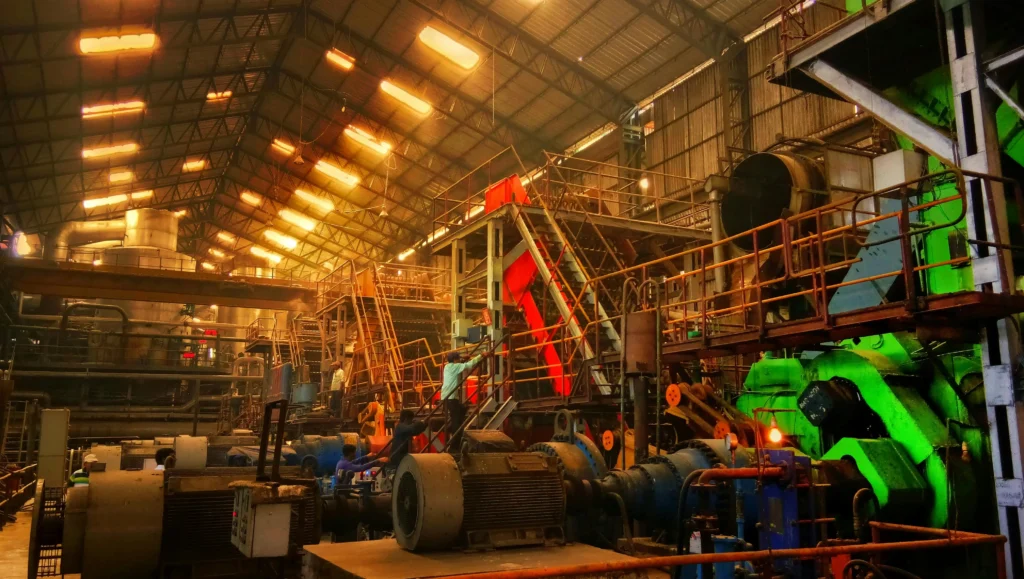Industrial Manufacturing
Industrial Manufacturing: A Catalyst for Global Economic Growth
Industrial manufacturing is the backbone of modern economies, driving innovation, providing jobs, and producing the goods that fuel our daily lives. But what makes industrial manufacturing so crucial? How does it influence the global economy, and what challenges does it face in today’s rapidly changing world?

